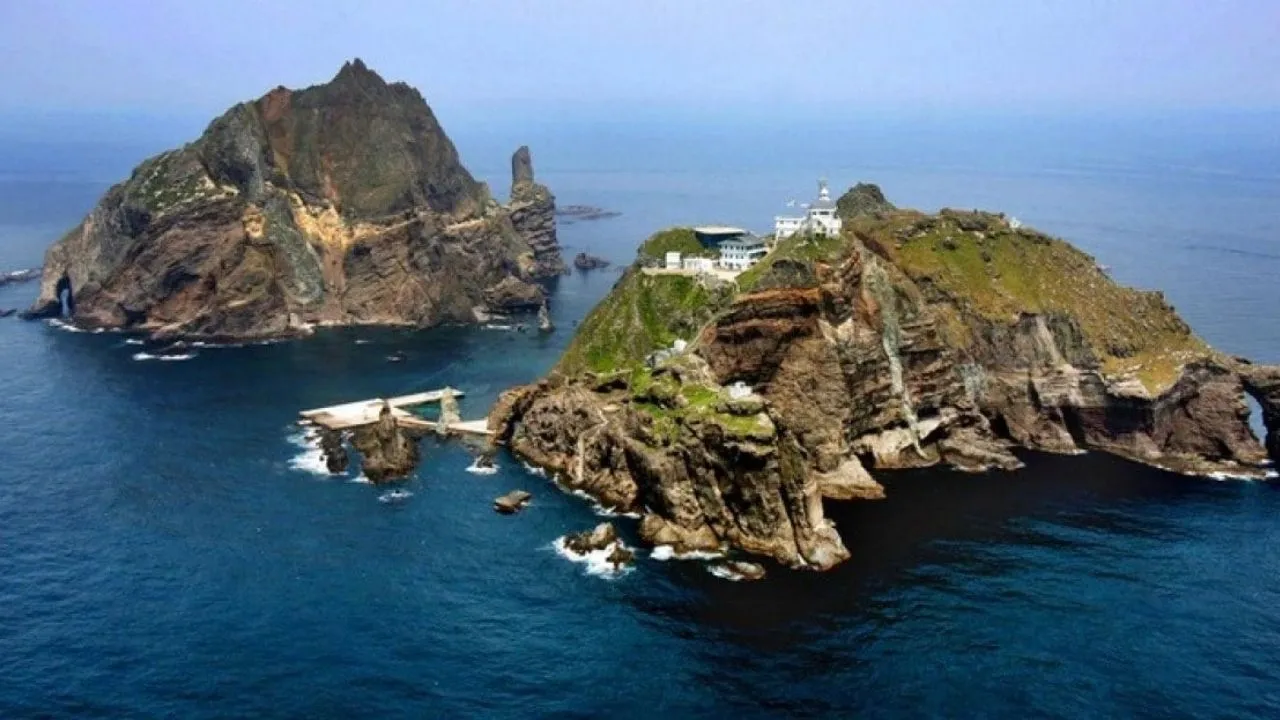South Korea's Foreign Ministry protested the Tokyo administration for including the easternmost Dokdo islets of South Korea in the tsunami warning issued by the Japan Meteorological Agency (JMA) following the earthquakes that hit the country.
According to Yonhap, Ministry Spokesperson Lim Soo-suk made a statement at a press briefing about the inclusion of the easternmost Dokdo islets of South Korea in the map showing tsunami warnings on the JMA's website. Lim stated that there have been no casualties in South Korea so far in the tsunami and said, "Our government has strongly protested to Japan through diplomatic channels and demanded corrective measures."
Stating that his country will continue to respond harshly to Japan's "unreasonable claims", Lim said, "Dokdo is an integral part of the Korean territory historically, geographically and under international law."
The Dokdo islets are one of the long-standing disputes in relations between South Korea and Japan. South Korea maintains a small police detachment on the islets. In the earthquakes that occurred yesterday in Ishikawa prefecture in the west of Japan and on the coast of the Noto Peninsula in this region, 48 people have lost their lives so far and a tsunami warning has been issued.
JAPAN ALSO HAS ISLET DISPUTES WITH CHINA AND TAIWAN
Japan is experiencing a similar crisis with China and Taiwan as it is with South Korea. The dispute over the islets that Japan calls "Senkaku", China calls "Diaoyu" and Taiwan calls "Diaoyutai" has been going on for many years.
The islets, which China sees as part of the Ryukyu island chain extending to the island of Taiwan in the southwest of the country, are still under Tokyo's de facto control. The region is seen by both Tokyo and Beijing as an area of historical sovereignty. The sovereignty dispute between China and Taiwan also makes the island government an additional party to the dispute.
The earliest Chinese records of the region, which consists of uninhabitable rock-covered islets, the largest of which is 4.3 square kilometers in size, date back to the Ming Dynasty in the 15th century. In the Ming era, the Ryukyu Islands, now controlled by Japan, were ruled by an archipelagic state known as the Ryukyu Kingdom, centered on Okinawa Island. The kingdom was a tribute-paying state, subject to the Chinese Empire but independent in its internal affairs.
During this period, the Chinese used the islets to determine location and direction for sea voyages. After the Japanese Empire occupied some of the Ryukyu Islands in the early 17th century, the Kingdom went through periods when both empires established a client relationship, but retained autonomy. Japan annexed the islets following the First Sino-Japanese War in 1895 as part of its colonial expansion in the Pacific. With the Treaty of Shimonoseki signed between China and Japan in May 1895, Taiwan and the islets in the region came under Japanese control. The Japanese Empire maintained its dominance in the region until the end of the Second World War. After Japan's surrender after the war, the region remained under the control of the Ryukyu Islands and the United States.
Washington returned the islets to Japan in 1972. China, on the other hand, objected to Japan being granted sovereignty over the territory it occupied during the colonial period, arguing that the islets were historically under its sovereignty.













